Article: History of the Ouija Board: From Mysticism to Mainstream
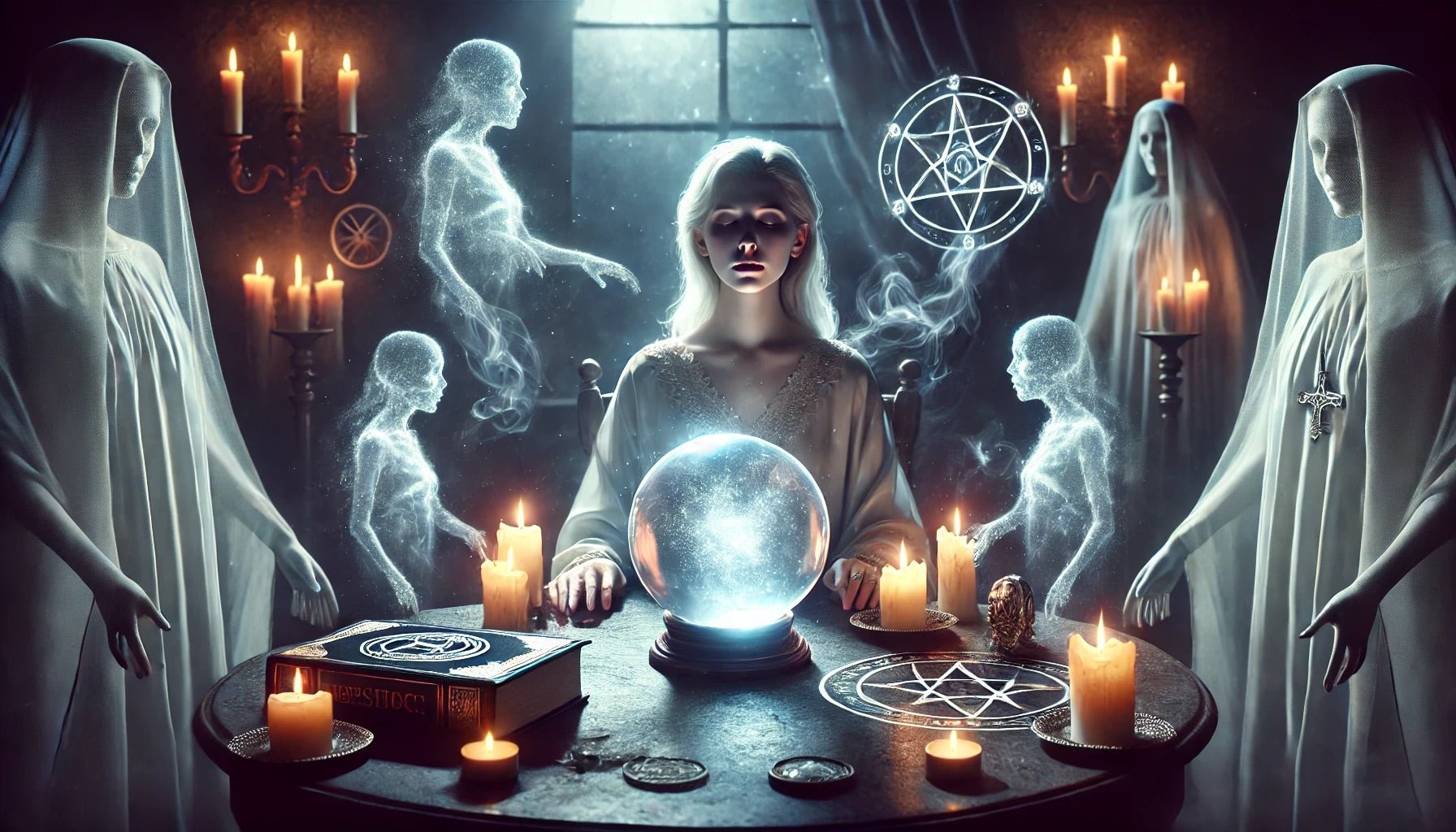
History of the Ouija Board: From Mysticism to Mainstream
People have been interested in the Ouija board for a long time. It is often associated with wonder and drama. The Ouija board's past is just as mysterious as the messages it is said to send, from its mysterious beginnings to its rise to fame as a pop culture icon. This piece goes into interesting detail about how the Ouija board has changed over time, from its roots in old magic to its rise to popularity in modern entertainment.
The Kennard Novelty Company was started by Charles Kennard and a group of partners in 1890. They made the first professional Ouija boards. In spite of what most people think, the name "Ouija" did not come from an old language. Instead, it was said to have come about when the board wrote out the word and said it meant "good luck."
In the early 1900s, the board became very famous. In 1966, Parker Brothers, a well-known toy and game company, bought the rights to make the board even more popular. Parker Brothers remade the Ouija board as a game and sold it to a lot of people as a safe thing to do in the living room. During this time, the Ouija board made its way into many American homes and quickly became a popular game for sleepovers and other social events.
Even though the Ouija board was sometimes shown in a bad light, people were still interested in it. It became a sign of interest in death, the unknown, and the supernatural. Authors and directors kept exploring board-related ideas, which made the board even more ingrained in people's minds.
The ideomotor effect has been shown to work in many studies and tests, which calls into question the board's magical promises. Even so, the Ouija board's popularity hasn't gone away; many people are still interested in and talking about it.
The Ouija board has also made its way into current art and fashion. Its images have been used by artists in their works, and fashion designers have used its patterns on clothes and accessories. This mix of the supernatural and the everyday shows how the Ouija board has endured and how it can change to new cultural environments.
The Ouija board is still a sign of our search for answers as we continue to push the limits of what we know and what we don't know. Its story is about how things change and adapt over time, and how mysterious things that we don't understand are always interesting. The Ouija board has gone from being a mysterious item to a popular toy. It will continue to fascinate and interest people for many years to come, just like it has for more than a hundred years.
Beginnings in the Past: The Search for Communication
The idea of talking to the ghost world goes back hundreds of years before the Ouija board. The Greeks, Romans, and Chinese, among others, used a variety of techniques to try to get help from the supernatural. During the Song Dynasty, people in China used a method called "fuji," or planchette writing, to talk to ghosts as early as 1100 AD. Some of the first methods used for prediction paved the way for more advanced tools to be made.Birth of the Ouija Board during the Spiritualism Movement
As the 1800s went on, the Spiritualism movement grew. This was a religious and philosophical movement that focused on talking to the dead. The Ouija board was created during this time, when there were a lot of séances and spirit groups. In 1886, Ohio media started writing about a new "talking board" that was being used in Spiritualist camps. This early version of the Ouija board had letters, numbers, and a moveable planchette, just like the current versions.The Kennard Novelty Company was started by Charles Kennard and a group of partners in 1890. They made the first professional Ouija boards. In spite of what most people think, the name "Ouija" did not come from an old language. Instead, it was said to have come about when the board wrote out the word and said it meant "good luck."
Getting into the mainstream during the Parker Brothers era
The work of William Fuld is a big reason why the Ouija board went from being a niche spiritualist tool to a popular fun item. Fuld took over production in 1901 and made several design changes. In 1902, he got a patent for the "talking board." The Ouija board became famous because of his skill at selling it and the fact that the time was right for supernatural mysteries.In the early 1900s, the board became very famous. In 1966, Parker Brothers, a well-known toy and game company, bought the rights to make the board even more popular. Parker Brothers remade the Ouija board as a game and sold it to a lot of people as a safe thing to do in the living room. During this time, the Ouija board made its way into many American homes and quickly became a popular game for sleepovers and other social events.
Effects on Culture: The Ouija Board in Movies and TV Shows
By the middle of the 20th century, the Ouija board was a well-known part of American society. Many times, it was shown as a way to get to the unknown in movies, TV shows, and books. Using the Ouija board in the 1973 horror movie "The Exorcist" was one of the most important events in the history of the instrument. The movie showed a young girl being possessed by a demon after using a Ouija board, which strengthened the link between the device and the supernatural and evil.Even though the Ouija board was sometimes shown in a bad light, people were still interested in it. It became a sign of interest in death, the unknown, and the supernatural. Authors and directors kept exploring board-related ideas, which made the board even more ingrained in people's minds.
Close Examination of Science: The Ideomotor Effect and Skepticism
A lot of people thought the Ouija board could help them talk to ghosts, but science and skeptics had a different idea. People often say that the ideomotor effect, a psychological condition in which people move without meaning to, is what makes the Ouija board work. This idea says that users move the planchette without realizing it, making it look like it is being moved by someone else.The ideomotor effect has been shown to work in many studies and tests, which calls into question the board's magical promises. Even so, the Ouija board's popularity hasn't gone away; many people are still interested in and talking about it.
The Ouija Board Today: A Modern Revival
The Ouija board has become more popular again in recent years because people are interested in the strange and paranormal again. This rebirth has been helped by social media sites, reality TV shows, and YouTube feeds that are all about ghost hunts and talking to spirits. The board's look has changed over time, now incorporating both history and modern interest.The Ouija board has also made its way into current art and fashion. Its images have been used by artists in their works, and fashion designers have used its patterns on clothes and accessories. This mix of the supernatural and the everyday shows how the Ouija board has endured and how it can change to new cultural environments.
A mysterious journey continues.
The background of the Ouija board shows how people have always been interested in the unknown. The Ouija board has had a long and interesting history, from its early use in psychic practices to its current status as a business fun item. It has had a huge effect on society and fantasy, whether it's seen as a magical tool or a psychological wonder.The Ouija board is still a sign of our search for answers as we continue to push the limits of what we know and what we don't know. Its story is about how things change and adapt over time, and how mysterious things that we don't understand are always interesting. The Ouija board has gone from being a mysterious item to a popular toy. It will continue to fascinate and interest people for many years to come, just like it has for more than a hundred years.

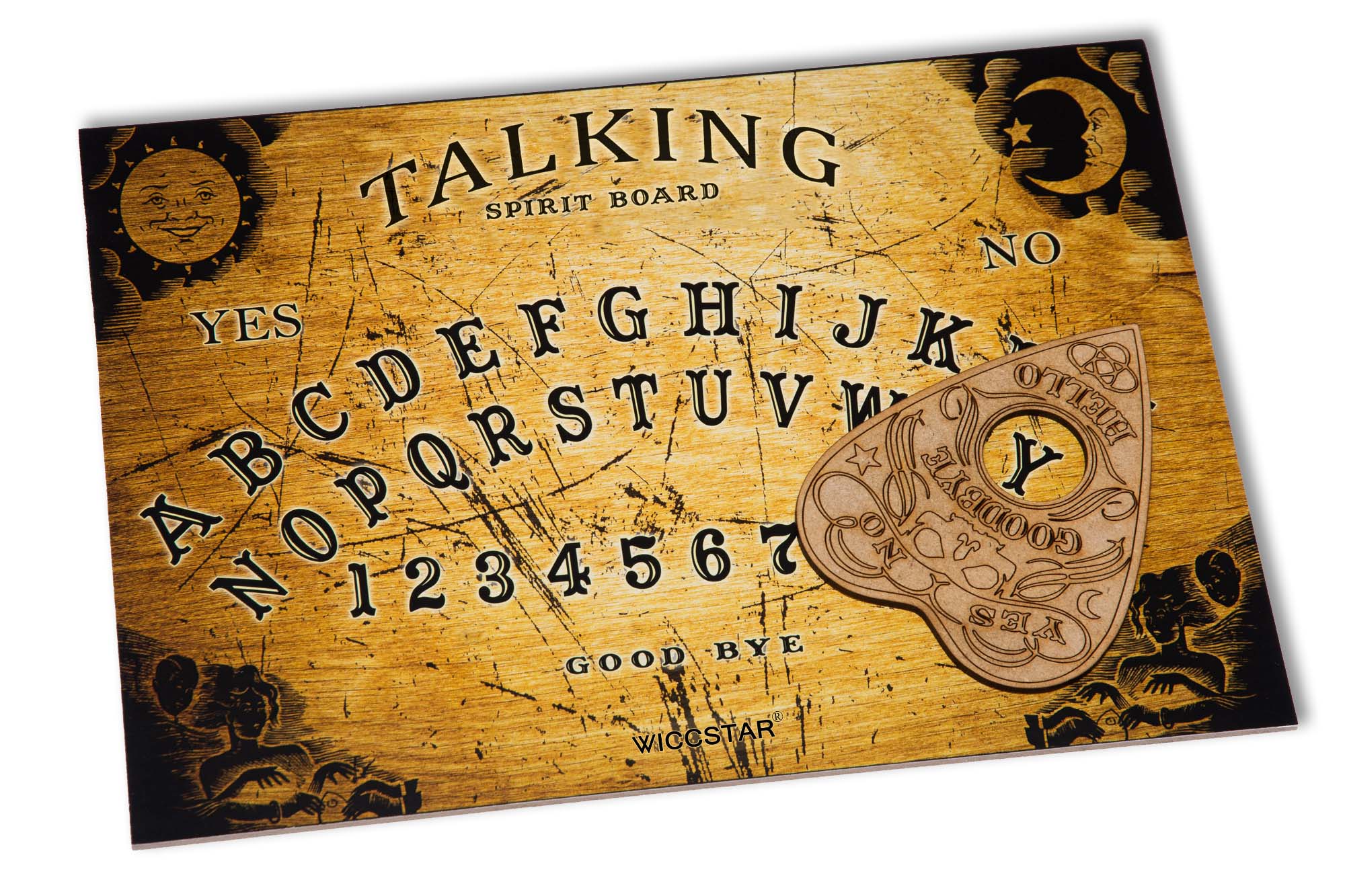


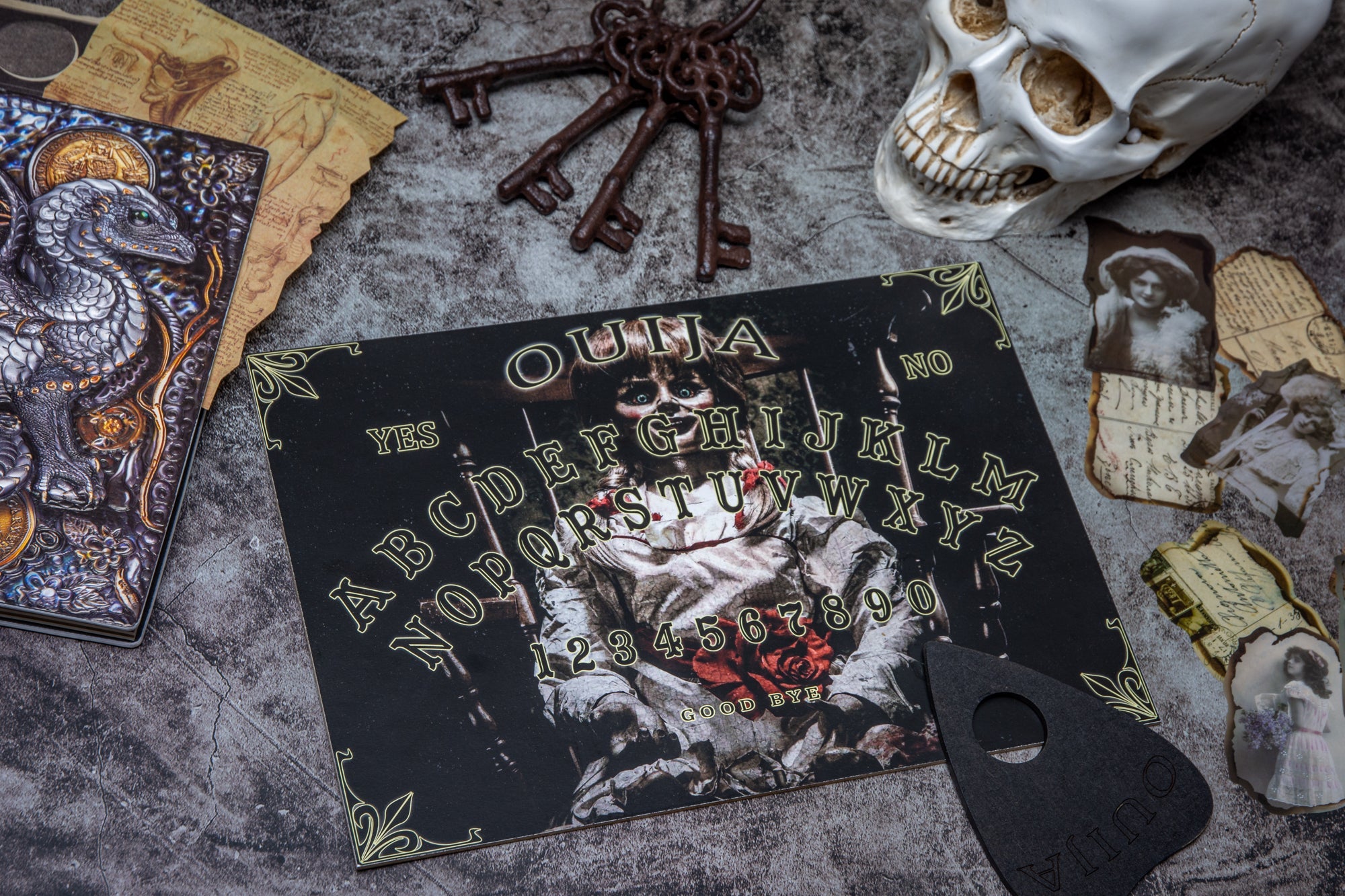
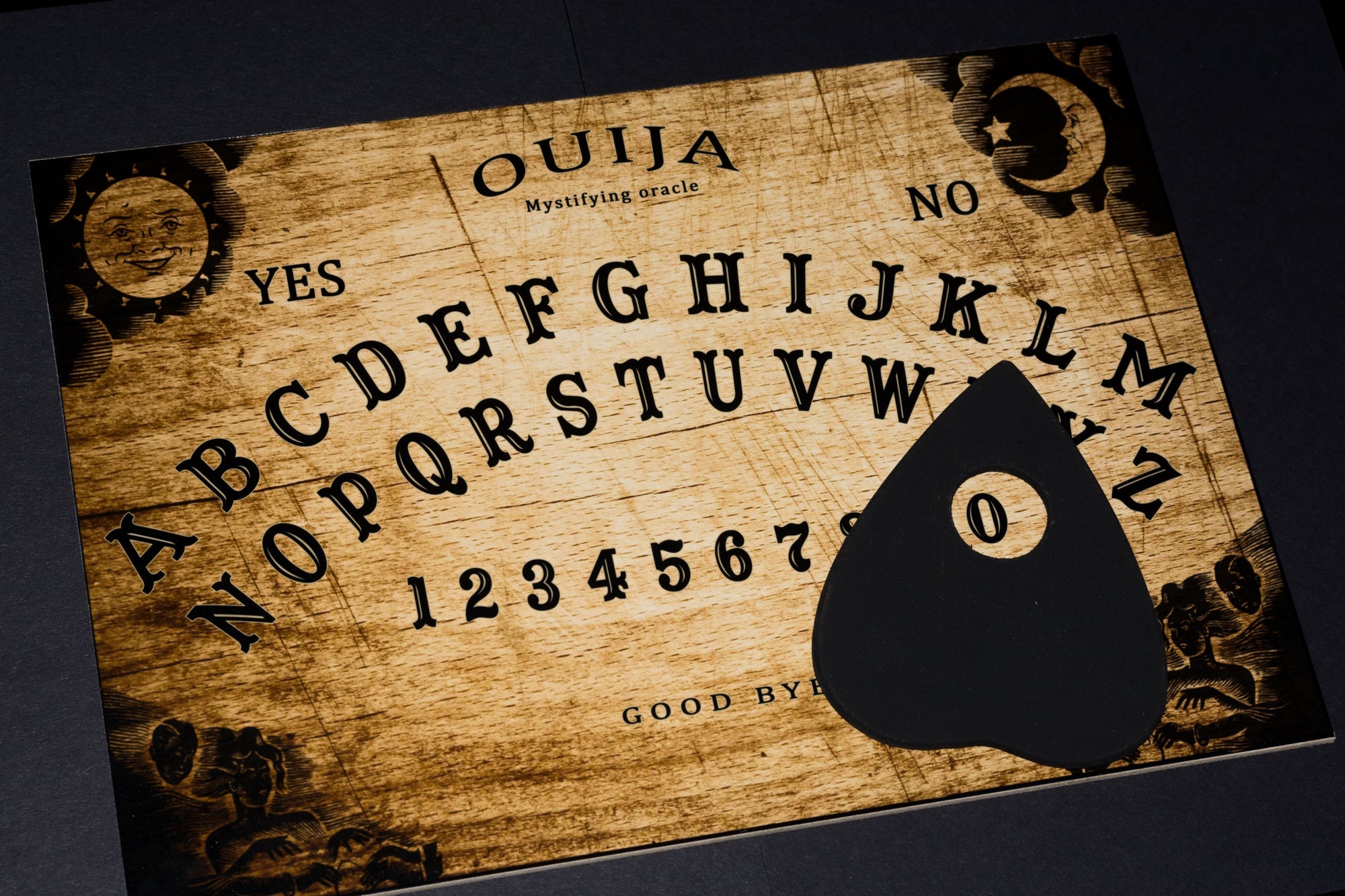

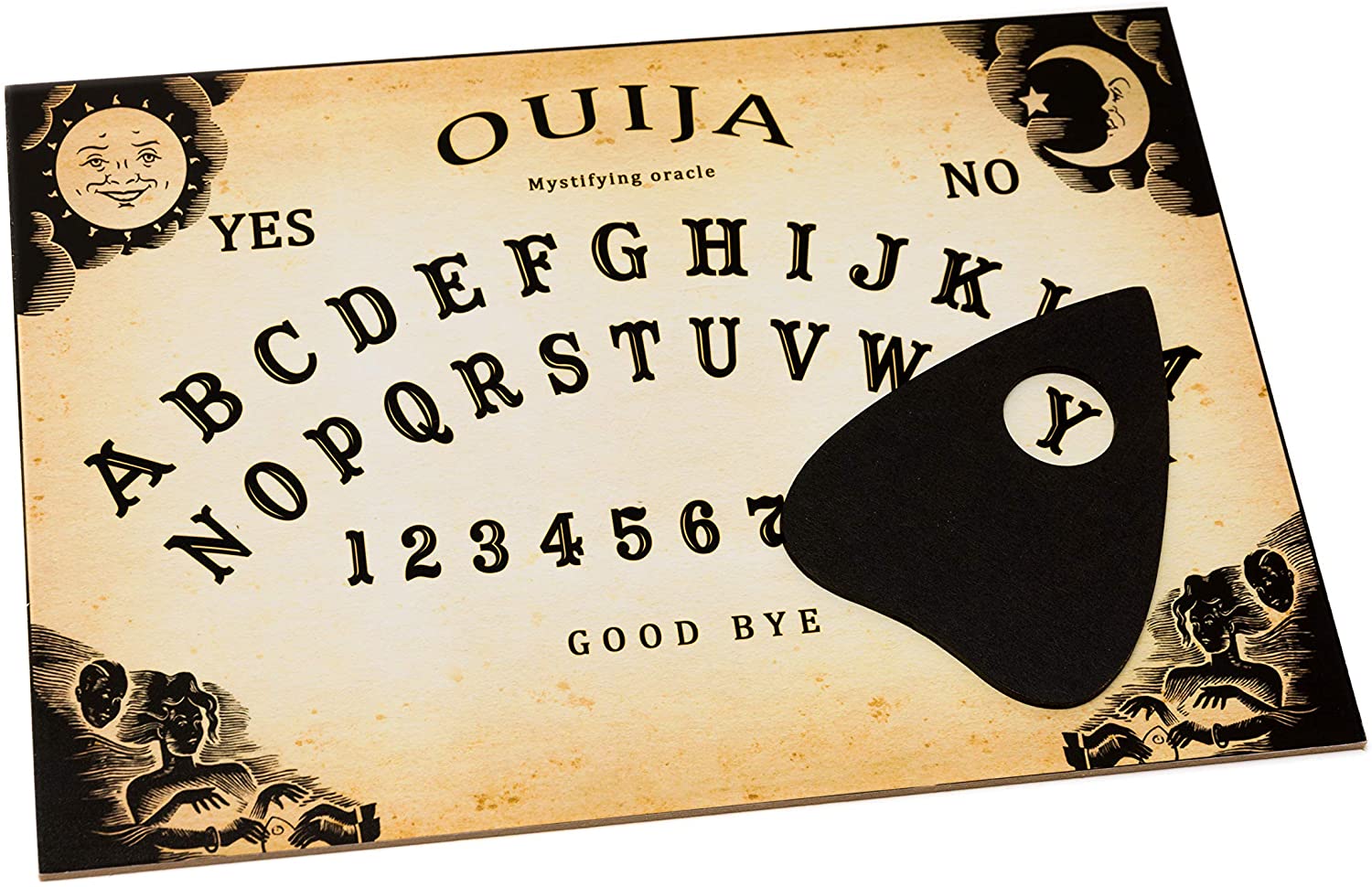
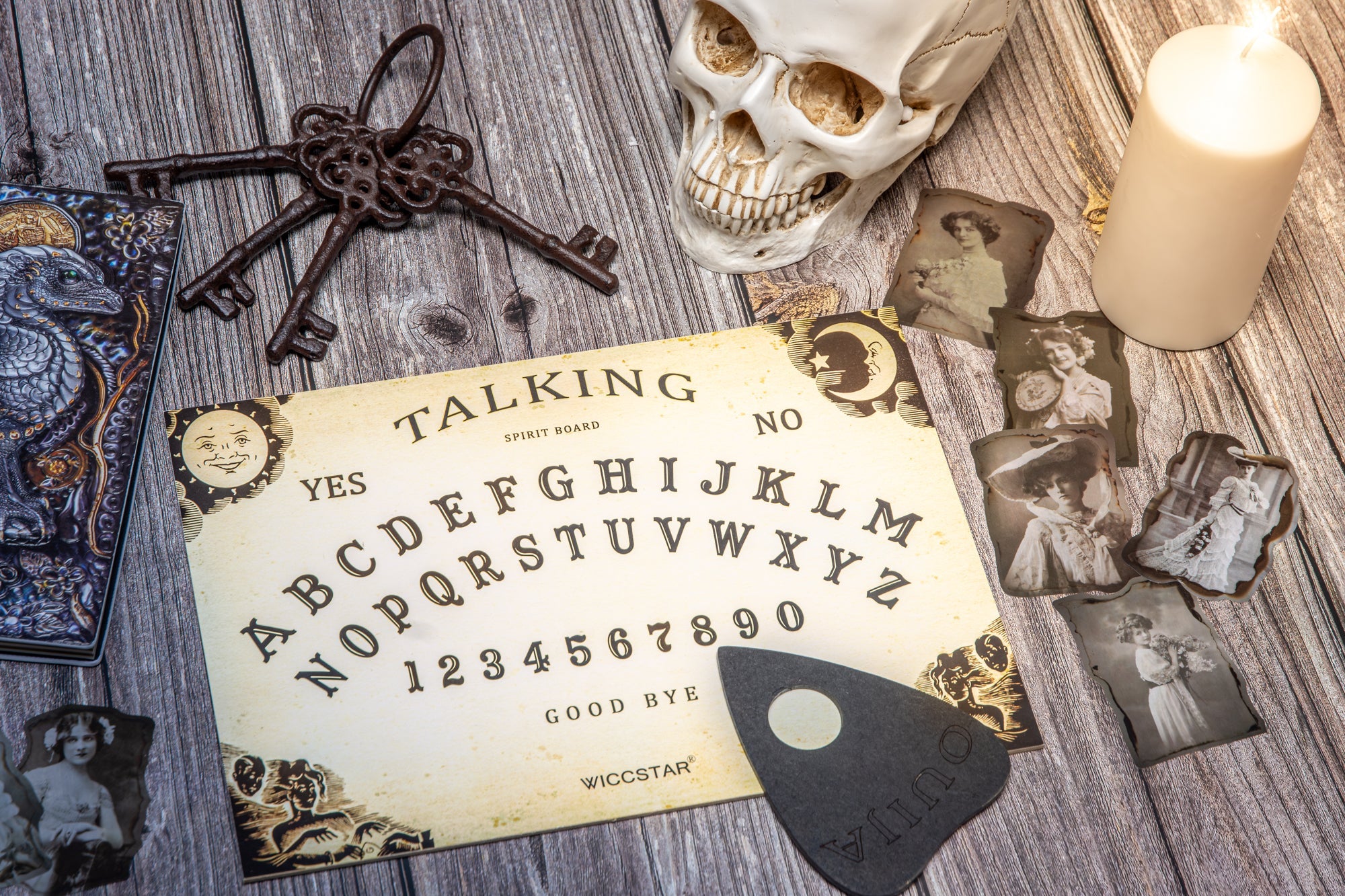
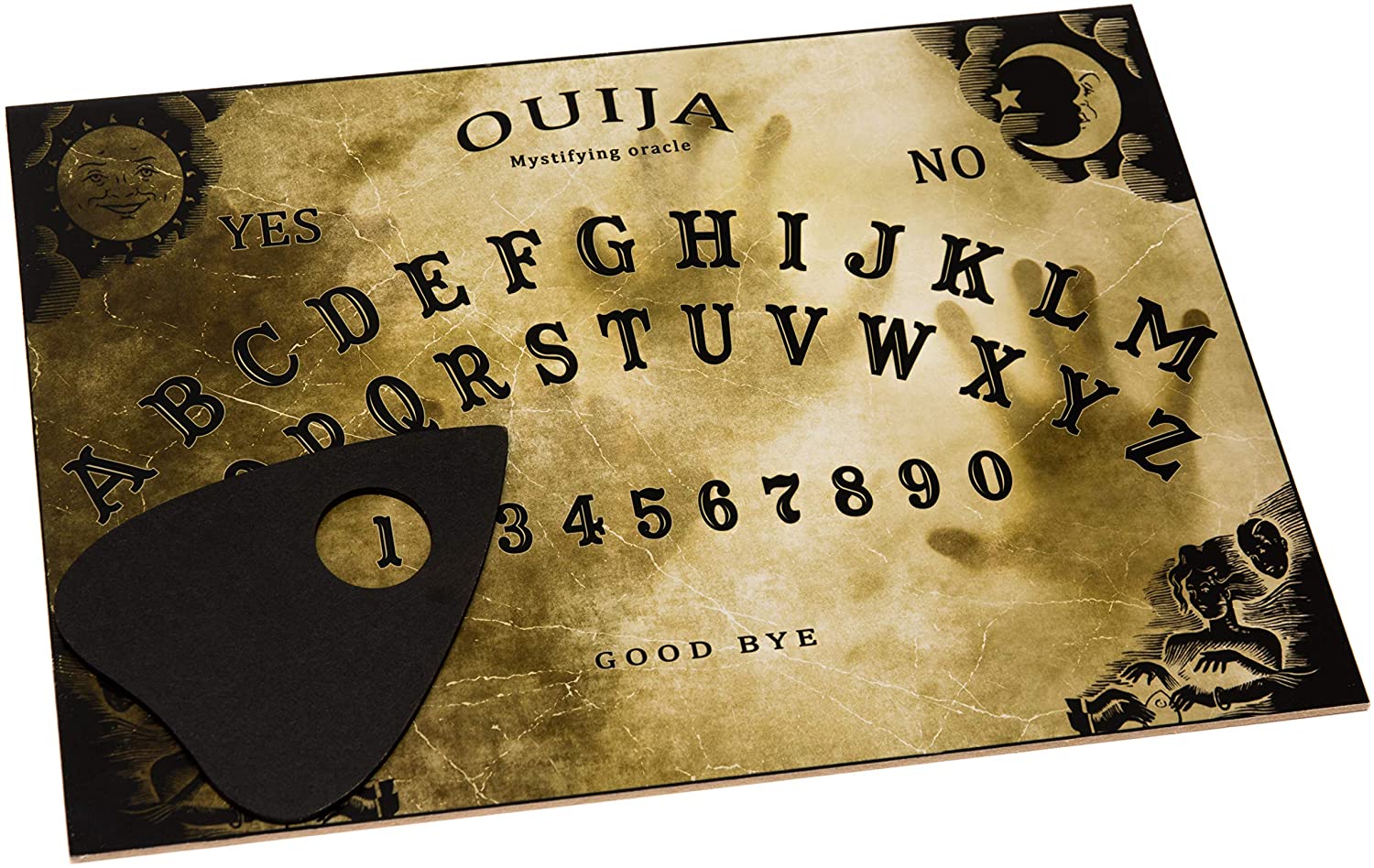
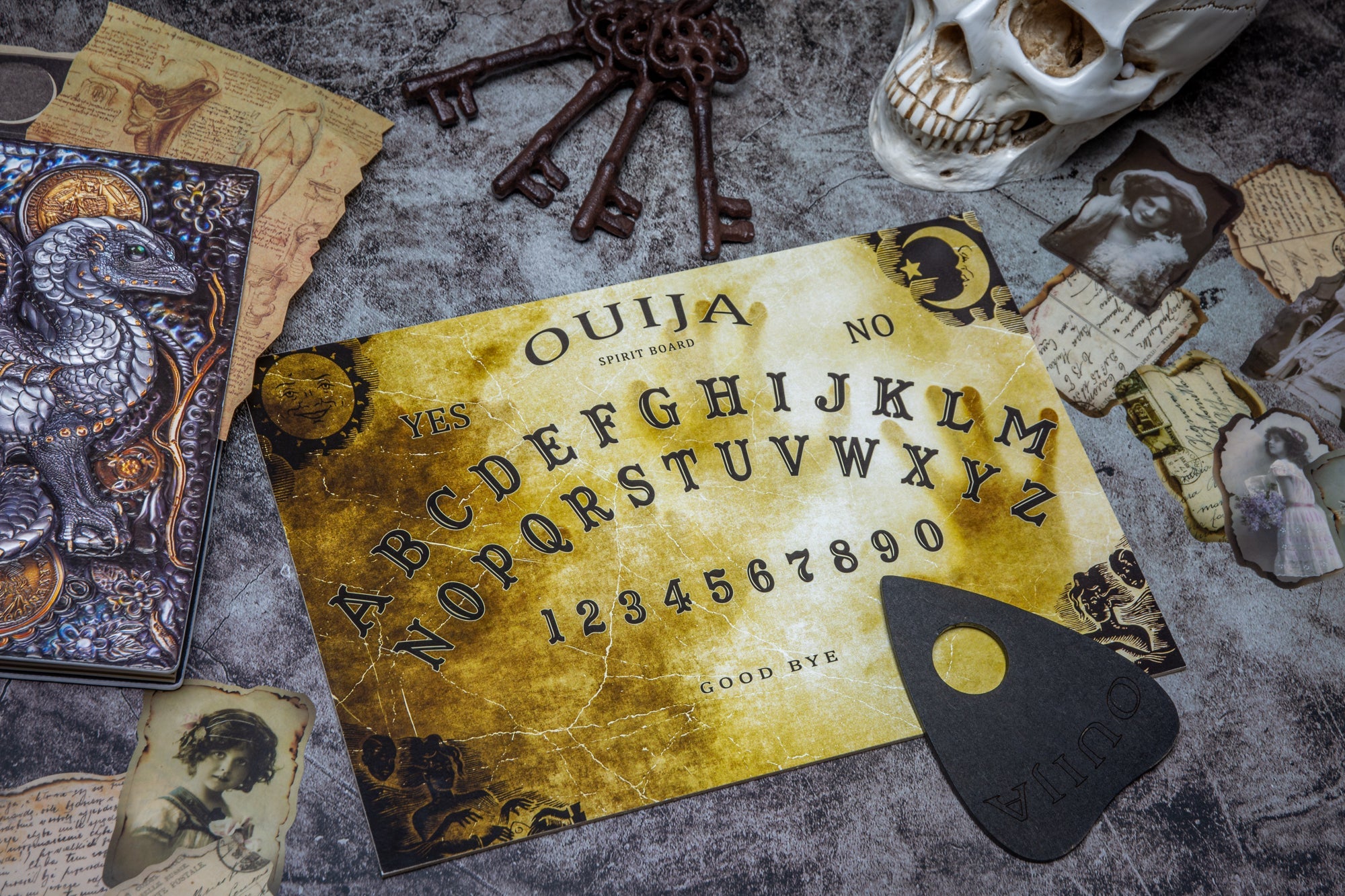


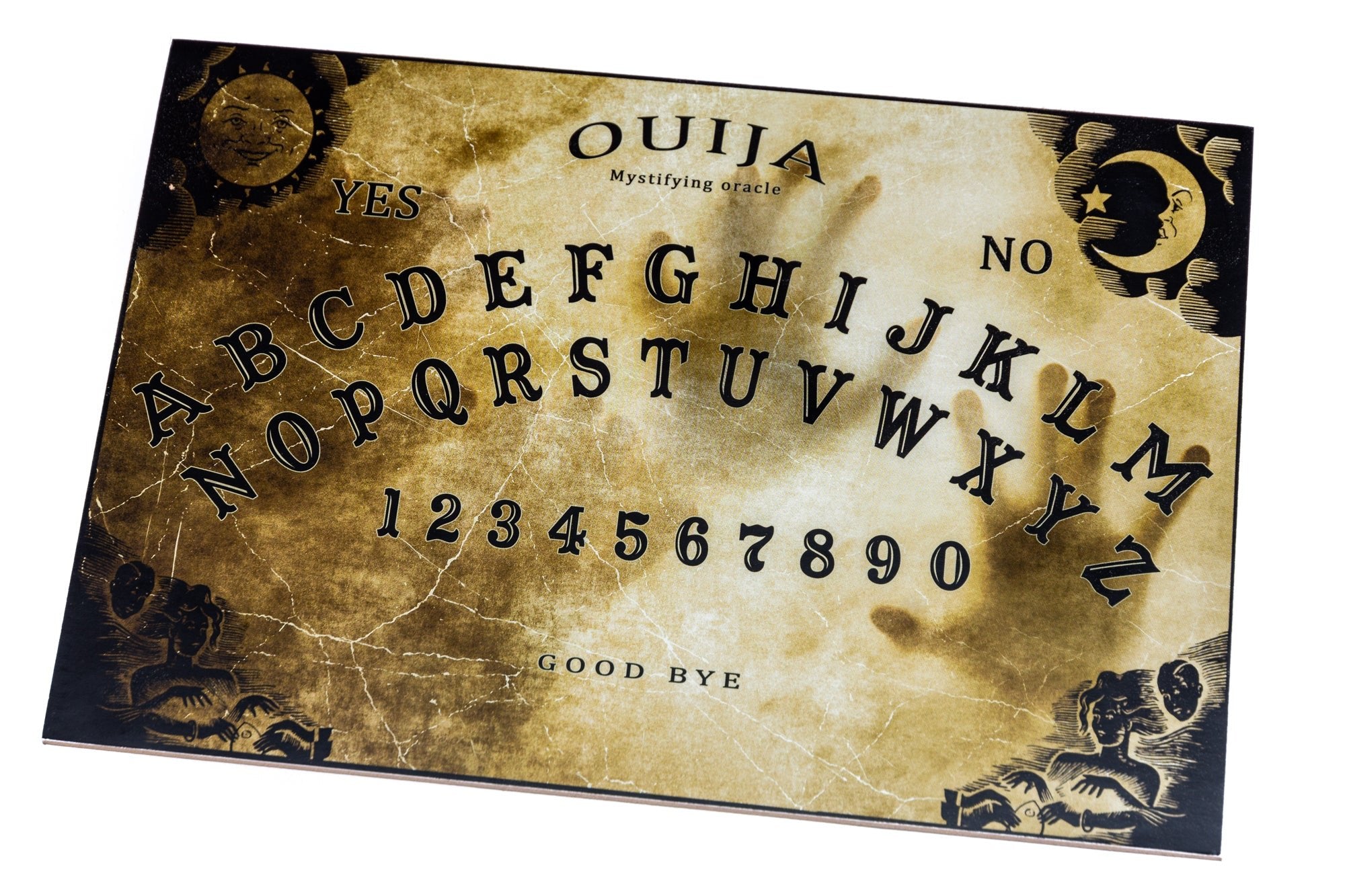

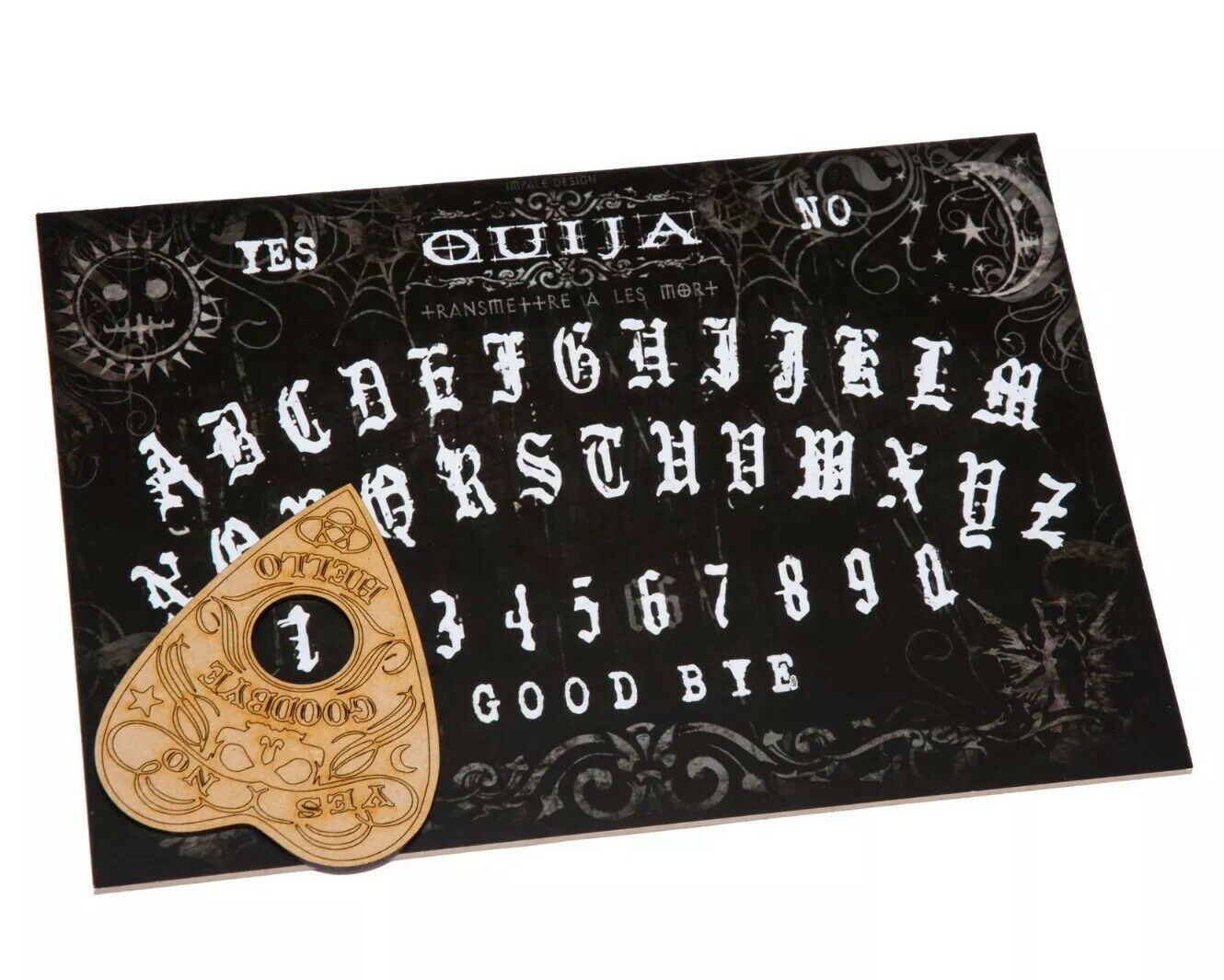
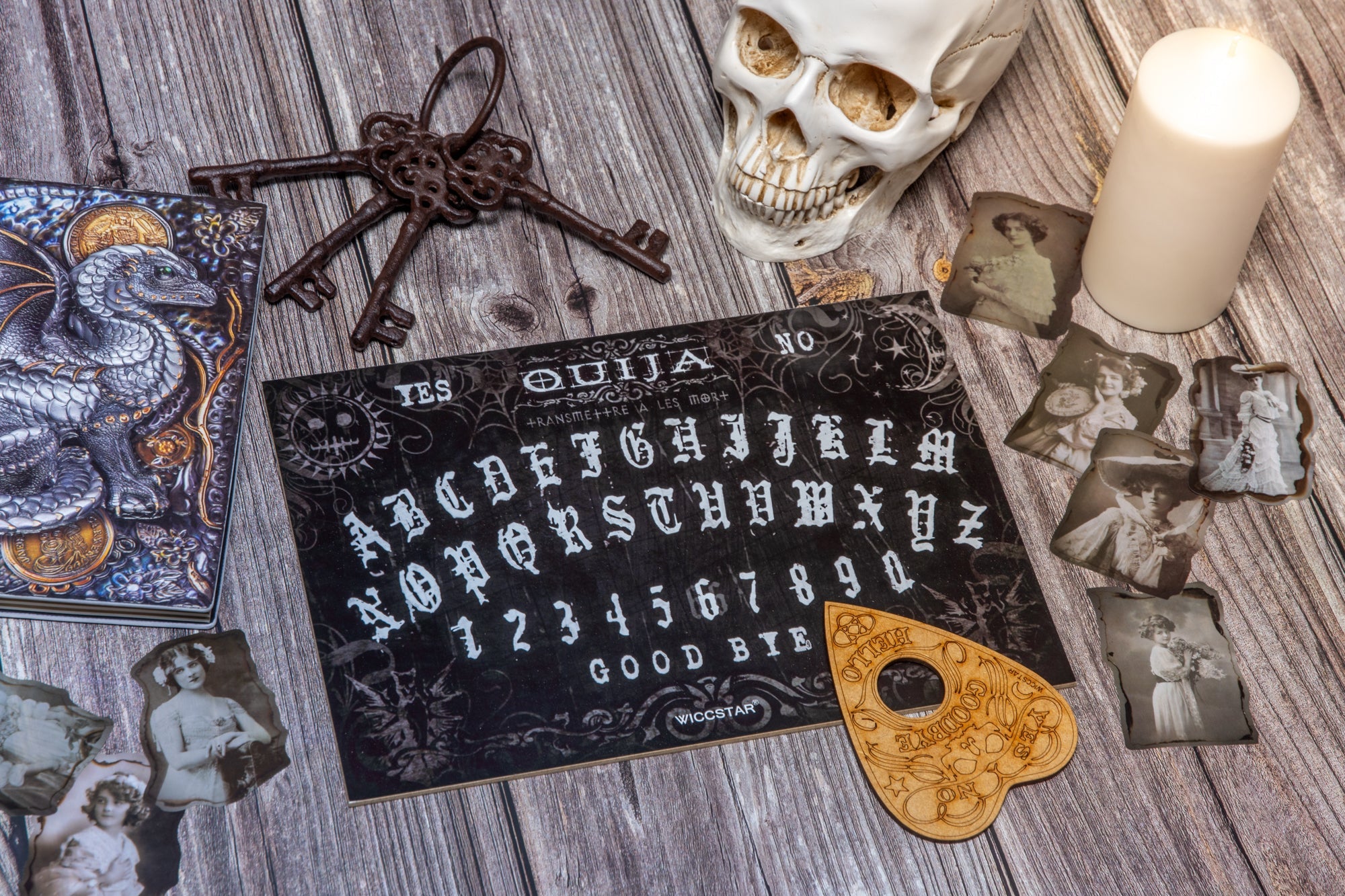
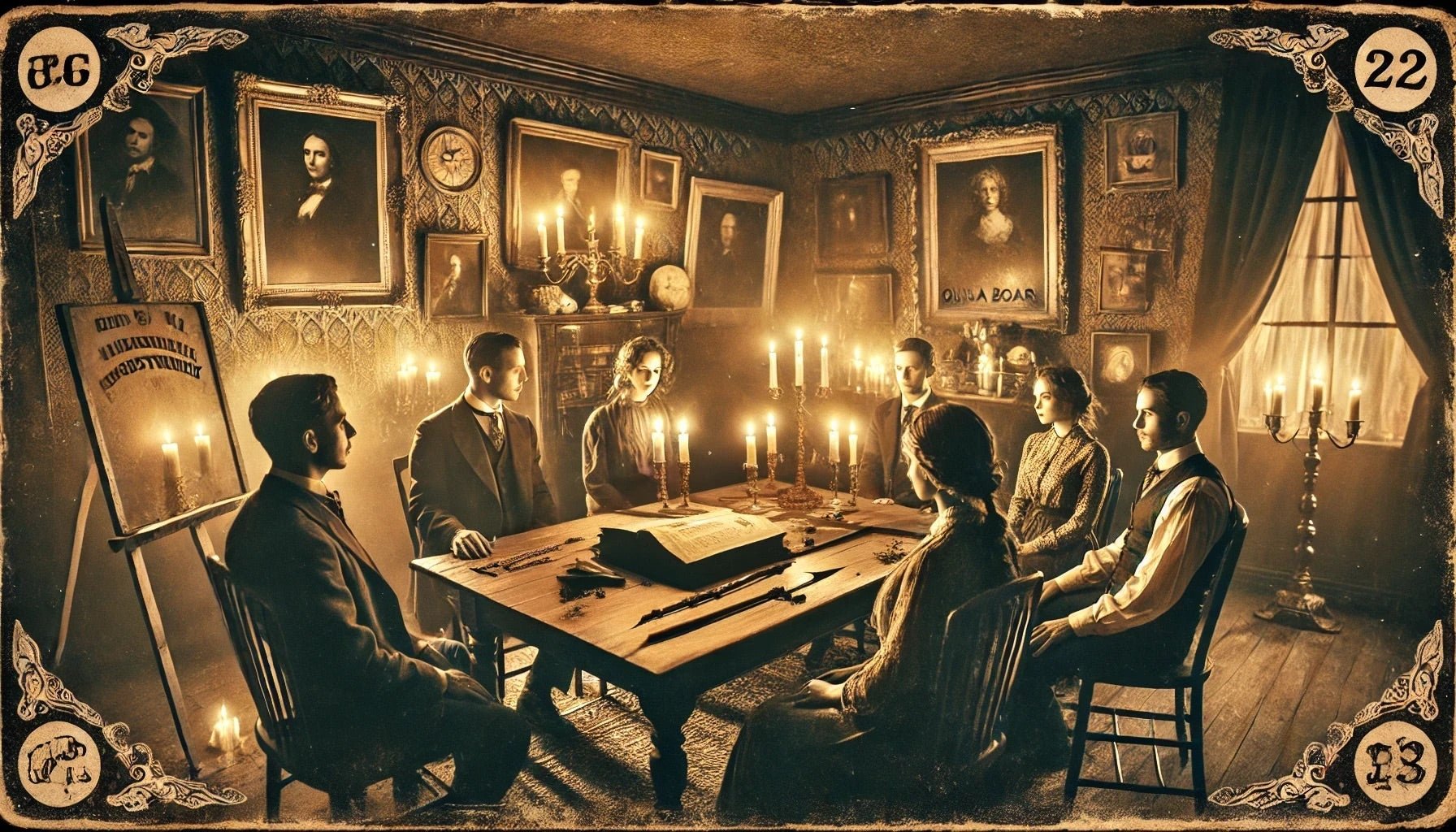
Leave a comment
This site is protected by hCaptcha and the hCaptcha Privacy Policy and Terms of Service apply.